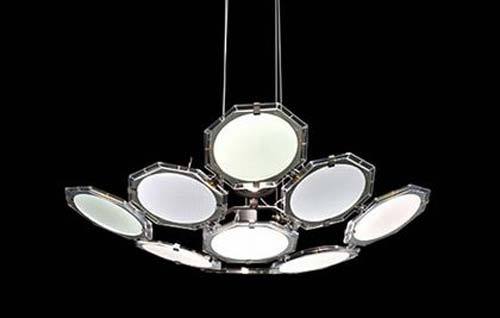
Compared with 2012, 2013 was indeed a year when the LED industry began to reverse, but overall, the growth and profitability of downstream packaging was higher than that of upstream chips.
At present, the main growth drivers of commercial lighting come from bulbs and lamps.
The demand for LED lighting will enter a rapid growth stage under the impetus of falling product prices and government policies. Currently, there is strong demand for LED lamps and lanterns in emerging markets and Chinese markets. However, under the low-price competition of local LED manufacturers in the Chinese market, the advantages of Taiwan-based LED manufacturers are not. Again, they have turned to develop emerging markets such as Indonesia.
Although many small-scale factories have caused a series of bankruptcies, many large manufacturers have taken this opportunity to conduct mergers and acquisitions, integration and other actions. It is clear that future resources will increasingly concentrate on advantageous companies. It is foreseeable that the market will reshuffle the market.
Compared with the previous quarter, it was the traditional off-season. In the first quarter of 2014, LED revenue was not off-season, and the second quarter will enter the traditional LED season. LED manufacturers are optimistic.
China's LED lighting product usage growth rate will reach 86% in 2014
From the perspective of the development of LED lighting market in each region, the North American market government is gradually increasing the support for LED lighting. The US Energy Star and other projects plan to rapidly increase the number of subsidies for lighting products, which will further reduce the price of LED lighting products. CREE and other manufacturers are optimistic about the development of the LED lighting market in 2014, and expect that sales growth of replacement lighting products will become the focus of the next business. In 2014, the growth rate of LED lighting product usage in North America is expected to reach 72%.
In addition, in Latin American countries such as Brazil, the LED lighting market is experiencing rapid growth. It is estimated that the LED lighting product usage growth rate will reach 64%, especially in the LED commercial market. Although Europe does not see large-scale subsidy policies in mature markets, its high electricity prices and differences in light cultures have caused continuous demand for commercial lighting and outdoor architectural lighting applications. In the next few years, incandescent light bulbs will be completely banned. Affected by the policy fermentation, the market is expected to continue to show steady growth. In 2014, LED lighting product usage growth rate is expected to reach 69%.
In the Chinese market, not only emerging LED manufacturers are actively deploying the LED light source market, but traditional lighting manufacturers with the advantages of brands and pipelines are also actively adopting a two-pronged approach of network and physical stores to expand LED lighting business. The Chinese government is also working hard to pass the subsidy policy to play the role of Active role to promote the development of the LED industry, at the same time to resolve the overcapacity caused by excessive upstream equipment subsidies and business failures. LEDinside estimates that China's 2014 LED lighting product usage growth rate will reach 86%.
Tinned Copper Clad Aluminum TCCA
Copper Clad Aluminum Tinned Wire,Tinned Copper Clad Aluminum Audio Cable,Tinned Copper Clad Aluminum Alloy Wire ,Copper Clad Aluminum Tin Plating
changzhou yuzisenhan electronic co.,ltd , https://www.yzshelectronics.com